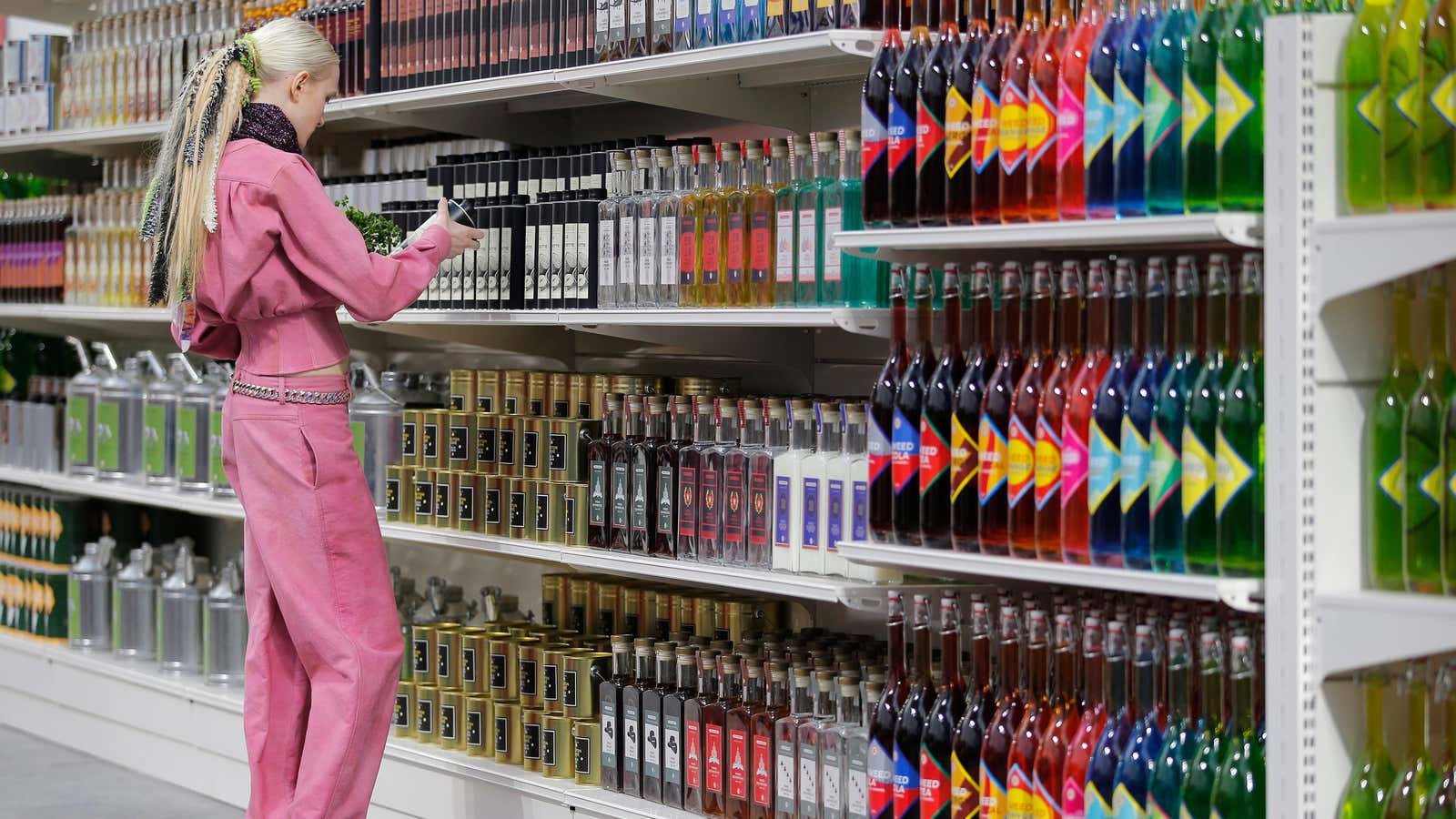It’s hard to fake authenticity. That doesn’t stop the advertising industry from trying.
At the Cannes Lions advertising conference this week—ahem, it prefers to be called an International Festival of Creativity—there was a lot of talk by marketing gurus, agency bigwigs, and assorted corporate execs about values, purpose, and authenticity. Listening to them, at times you might forget that the real purpose of their ad campaigns is to sell more shoes, razors, or video games.
Nike’s Colin Kaepernick-fronted “Dream Crazy” ad was the source of much buzz in Cannes. Gillette’s campaign confronting toxic masculinity and Microsoft’s promoting accessibility for the disabled also took their brands into purpose-driven territory.
Is that a problem? It can be, if a brand isn’t really behind its purported principles.
At the festival, the preponderance of purpose-driven campaigns has generated a backlash of sorts. Unilever CEO Alan Jope said that corporate “woke-washing” is “polluting purpose.” He suggested that the consumer goods conglomerate’s giant ad budget, worth well over $8 billion per year, won’t go towards agencies or other companies that deal in “false purpose.”
Plenty of research—including some published this week—shows that consumers are taking a brand’s social mission and, yes, purpose into account when making purchase decisions. To be sure, it can feel grubby to mix corporate marketing with issues like race, gender, and the environment. It’s a fine line that marketers must walk, with a high risk of succumbing to earnest but empty woke-washing.
But there is no denying the power of advertising. The global ad industry is worth nearly $600 billion per year. Using a share of that spending to address issues of social importance—on top of giving to charity, paying taxes, and all the other things enlightened corporations should also be doing—could genuinely make the world a better place (while, yes, selling more shoes).
Big brands, for better or worse, can draw on vast resources to reach large swaths of people all around the world. As John O’Keefe, worldwide creative director at mega-agency WPP, puts it, “If we can do good in this industry, why wouldn’t we?”
This essay was originally published in the weekend edition of the Quartz Daily Brief newsletter. Sign up for it here.
